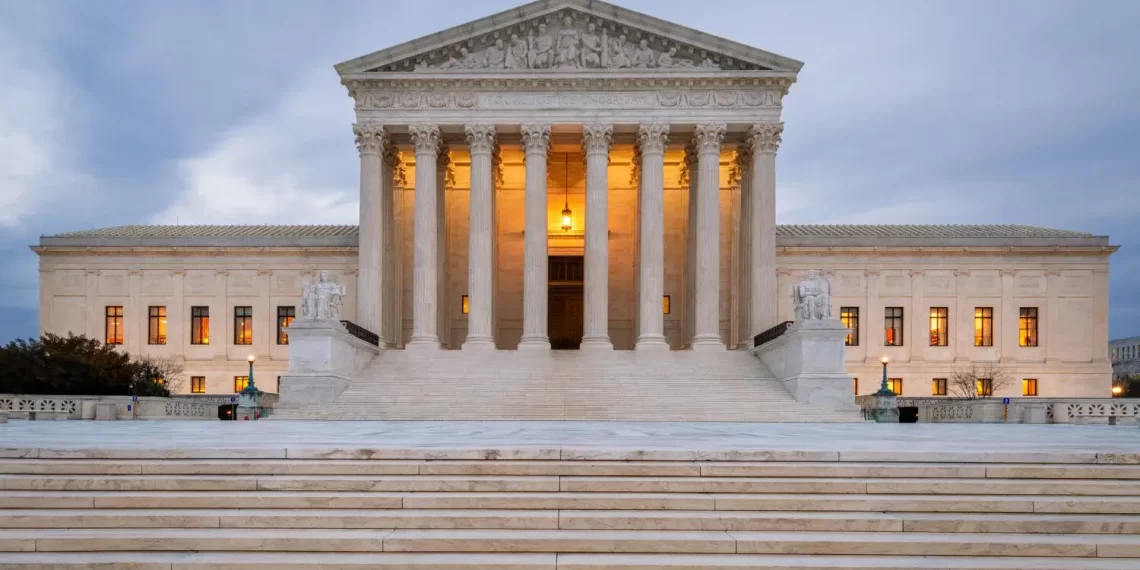Few buildings in the annals of famous architectural history can match the magnificence and intricacy of the Great Western Buildings. However, the Great Western Buildings lawsuit—a gripping legal drama—lies hidden beneath the grandeur of these well-known structures. Not only has this judicial drama captured public interest, but it has also sparked intense conversations and generated a great deal of publicity that has eclipsed the otherwise remarkable legacy of these architectural marvels.
The Origins of the Great Western Structures
The architectural environment of the late 19th century is closely linked to the Great Western Buildings, which are renowned for their unique design and significant historical significance. These buildings, which were created during a time of revolutionary architectural developments, came to represent the region’s West. The Great Western Buildings Lawsuit, a landmark case involving their preservation or possible modifications, highlights the continuous discussion about their history and future.
Revealing Architectural Magnificence
The neoclassical and modern architectural masterpieces that are part of the historic Great Western Buildings Lawsuit captivate tourists with their magnificence. Towering to great heights and adorned with elaborate details, these structures played a crucial role in forming the skyline and cultural identities of the areas in which they were located.
The Court Case Revealed
First Waves: Developing Legal Issues
In the middle of the praise and appreciation, the Great Western Buildings were caught in a fog of legal dispute because of the well reported Great Western Buildings Lawsuit. The legal issues surrounding the building of the project were exacerbated by allegations that the developers had violated property rights, zoning laws, and structural integrity.
The Ultimate Legal Battle
Amidst the intensifying conflict, the Great Western Buildings Lawsuit gained prominence, sparking a sequence of court cases. These disputes covered a wide range of intricate details pertaining to architectural copyrights, ownership rights, and unclear contracts. A dramatic scenario played out in the courtroom as several parties passionately made strong claims and counterclaims, emphasizing the seriousness and complexity of the matter.
Important Players and Their Views
Developer’s Defense: Preserving Originality and Conformity
The developers vehemently defended their concept, pointing to its creative design, rigorous respect to construction requirements, and stringent compliance with regulations. They made a point of emphasizing that they will adhere to all legal standards at all phases of construction, particularly considering the ongoing Great Western Buildings Lawsuit.
Allegations Made by Plaintiffs: Declarations and Remarks
On the other hand, plaintiffs claimed inconsistencies in the procedures used to acquire property, bringing up issues with intellectual property rights and purported contractual violations. Their argument centered on protecting entrenched interests and upholding the integrity of architectural creation.
The Legal Consequences and Priority
Establishing a Legal Standard
Great Western Buildings was a historic case that influenced later architectural projects and established precedents. Significant implications were made for property rights, intellectual property, and the relationship between innovation and conformity in the architectural domain by legal interpretations and rulings.
Influence on the Landscape of Architecture
The legal dispute had far-reaching effects for architecture, prompting reflection on the thin line separating artistic expression from the law. The sector saw increased scrutiny, which promoted a culture of strict adherence to rules and increased knowledge of legal nuances.
In conclusion, a legal epic Defining Storylines in Architecture
With all of its subtleties and complexity, the Great Western Buildings case was more than just legalese. It shed light on the complex interactions that exist in the architectural field between creativity, lawfulness, and moral obligation. The legal drama surrounding these towering buildings reverberates, leaving a lasting impression on the annals of architectural history.
In summary, the Great Western Buildings case serves as an important example of the way in which legal obligations and creativity coexist in the architectural setting. The case illustrates the intricate relationship between complexity and legality, which might offer insightful information and lessons for upcoming architectural projects that seek to strike a balance between inventiveness and the necessity to traverse the law..
This legal drama is now ingrained in the annals of architectural history, serving as a lighthouse and provoking thoughtful contemplation on the mutually beneficial link between creative vision and the corresponding legal obligations.




